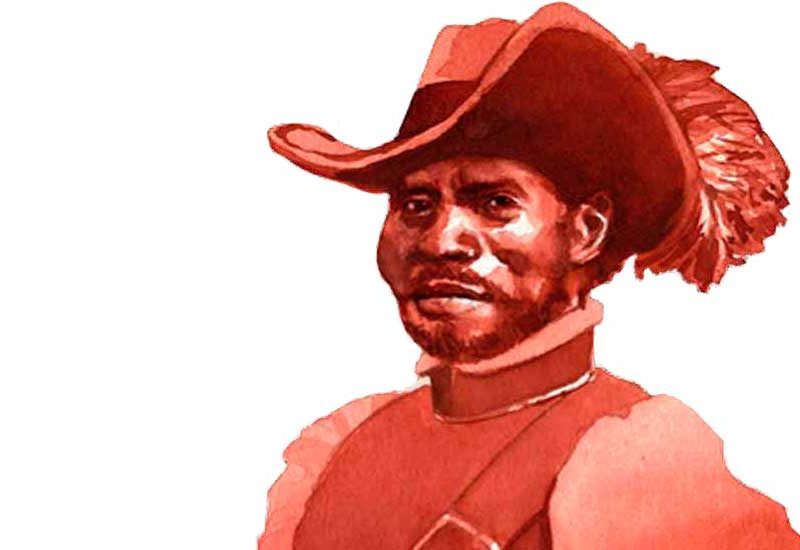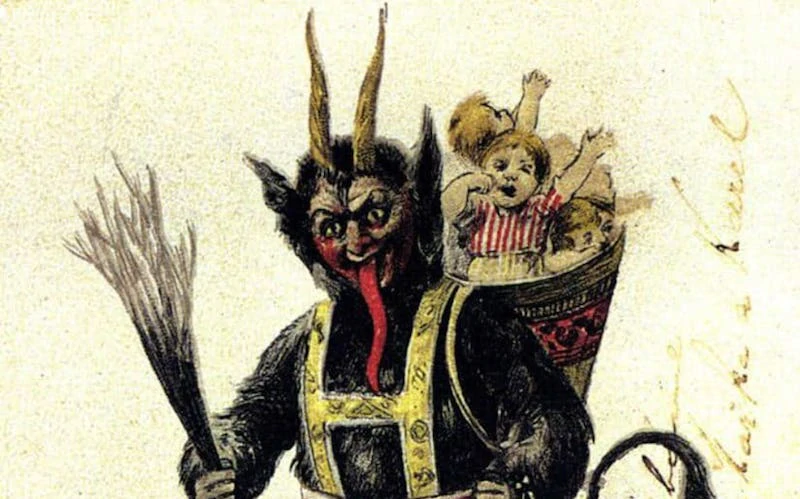The life story of Juan Garrido would not be complete without mentioning the transatlantic slave trade, which existed from the 16th to the 19th century. Spain invaded the Americas in the 1490s.
During that time, millions of enslaved Africans were transported through the Atlantic Ocean to the Americas. The Spaniards captured them as slaves and laborers in various industries, especially sugar plantations.
Among the enslaved captures were the armed auxiliary of African descent. This consisted of men ranging from African-born slaves to free men of mixed racial ancestry.
They joined the Spanish invasion as soldiers; many fought as black conquistadors alongside Spaniards against the native warriors.
The military service of black conquistadors gave them their freedom and inclusion into Spanish society. They received land grants, special recognition, official jobs, and pension. One of these African conquistadors was Juan Garrido.

The Early Life of Juan Garrido
Juan Garrido, alias Handsome John, was a black African-Spanish conquistador born in the 1480s in the Kingdom of Kongo (West Central Africa).
The true details surrounding his birth and real name are unknown.
Sold as a young boy to the Portuguese slave traders, they baptized and converted him to catholicism. In Lisbon, Portugal, he chose the Spanish name Juan Garrido.
At fifteen years old, he left Lisbon, traveled to Seville, and joined the Santo Domingo convoy on the Island of Hispaniola in 1503, where he spent six years.
Juan Garrido was among the earliest Africans to reach the Americas. He possibly traveled with a Spaniard named Pedro Garrido, who may have been his master and Christian namesake.
Later, Juan Garrido claimed to have arrived in the Americas as a freedman. However, no one knows how he was a free man among the captured slaves.
There are speculations that he might have earned his freedom in 1508, fighting and participating in the conquest of present-day Puerto Rico and Cuba.
The Spanish government allowed the conquistadors to take treasures, land, and slaves. This was an attempt to convert the people to Christianity.
Juan Garrido Conquests
The story of Juan Garrido is quite an interesting one. This is because, when all Africans were regarded as slaves, Juan Garrido was a free man and a roaming African conquistador.
In the year 1508, he joined the expedition of Ponce De Leon in his mission to search for Gold in Puerto Rico. Once they settled, Ponce De Leon became the Governor of the island. Garrido, alongside the Spanish, fought against the natives who revolted in 1511.
After that, Ponce De Leon took Juan Garrido with others in search of another treasury island after losing his position to Diego Columbus in 1513. As part of the entourage, their journey led to the Spanish discovery of Florida. They claimed and named the land but couldn’t conquer the natives.
As a result, they planned to return later to conquer it. Juan Garrido was known as the first African to land in North America. Historians claim he was the first African American in the New World.
By 1519, Juan Garrido was already a veteran black conquistador. He was a free traveler and explorer of many lands, joining in other smaller expeditions and searching for gold.
He joined the Hernan Cortes Forces, invaded present-day Mexico, and laid siege to the Aztec capital at Tenochtitlan.
During the invasion, he watched as the troop got killed by the natives. Then, after surviving the invasion and conquest of Cortes’s troops, Garrido helped collect the remains of the slain Spanish soldiers.
Ater the fall of the Aztecs in 1520, Juan Garrido settled on the outskirts of the destroyed city by the Tacuba Causeway.
There, he built a chapel to commemorate the death of the Spaniards killed by the Aztecs. This chapel is now the “Catholic Church of San Hipolito,” located in Mexico City’s Paseo de la Reforma.
Juan Garrido was, for his service, awarded a dried-out lake outside the Aztec capital. There he took up farming and had the inspiration to cultivate wheat. He was credited to be the first known pioneer to have sowed wheat on the American mainland.
However, his quest to participate in the Spanish conquest did not end there. From 1523 to 1524, he joined the expedition under Antonio de Carvajal to Michoacan and Zacatula.
When he returned to Mexico City, he was employed as a guard of the Mexican government and a city caretaker.
Juan Garrido’s Personal Life and Later Years
In 1533, he continued his final expedition to Baja, California. However, it failed, and Juan Garrido returned to Mexico City penniless. There he settled, married, and bore three children but continued serving with the Spanish forces for over 30 years.
While living there, Juan Garrido is credited with planting and harvesting the first commercial wheat harvest.
Juan Garrido was present in all the invasions and conquests of New Spain. Unfortunately, they were all done at his own financial expense without being given a salary or land.
However, his lack of compensation was not due to his black origin. At the time, only high-ranking Spaniards were awarded lands and other benefits.
In 1538, Juan Garrido delivered testimony on his 30 years of service as a black conquistador. He summarized it in a letter to the King of Spain requesting a royal pension. He had hoped to receive some form of reward or benefits.
The letter reads in part:
“ I, Juan Garrido, black in color, resident of this city [Mexico City], appear before Your Mercy and state that I am in need of providing evidence to the perpetuity of the King, a report on how I served Your Majesty in the conquest and pacification of this New Spain, from the time when the Marqués del Valle [Cortés] entered it; and in his company, I was present at all the invasions and conquests, and pacifications which were carried out, always with the said Marqués, all of which I did at my own expense without being given either salary or allotment of natives [repartimiento de indios] or anything else…..”
The letter had the desired effect as Juan Garrido was compensated with money and land for his services.
How Did Juan Garrido Die?
Juan Garrido died in Mexico City around 1547, leaving behind his wife and three children. However, there is no record of how he died or what caused his death.

